Jianliao and Jianzhen are commonly used shoulder points in acupuncture and moxibustion. The positioning method is as follows: Jianliao is located below the back of the shoulder peak, and the depression below the back of the shoulder peak when the upper arm is abducting; The shoulder is located 1 inch above the head of the axillary crease, approximately in the depression of the lower edge of the scapula. These two acupoints are commonly used to treat shoulder diseases such as frozen shoulder and upper limb numbness.

1. Shoulder and Liao positioning
Shoulder and Liao acupoints belong to the Hand Shaoyang Sanjiao Meridian, and the specific positioning should allow the patient to naturally lower or abduct the upper arm. A noticeable depression can be felt about 1 inch below the highest point of the acromion, and if there is a sour and swollen feeling when pressed, it is the acupoint. Clinically, it is commonly used to treat conditions such as shoulder periarthritis, shoulder arm pain, and upper limb paralysis. When needling, direct or oblique needling methods are often used, with a depth of about 0.8-1.2 inches, which can be combined with moxibustion to enhance the therapeutic effect.

2. Positioning of Shoulder Zhen
Shoulder Zhen acupoint belongs to the Hand Sun Small Intestine Meridian, and the patient needs to be sitting or lying on their side when positioning. Measure the width of one horizontal finger from the head of the axillary crease towards the shoulder, approximately at the depression of the lower edge of the scapula. This acupoint is mainly used for treating symptoms such as scapular pain, arm failure, tinnitus, etc. Direct needling is commonly used during operation, with a depth of about 0.5-1 inch. It can be combined with acupoints such as Tianzong and Bingfeng to enhance the effect of unblocking collaterals and relieving pain. Attention should be paid to thin individuals who need shallow needling to avoid injuring the lungs.
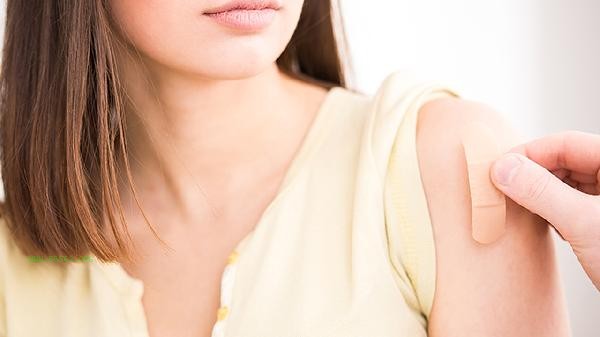
It is recommended to perform acupoint selection under the guidance of a professional physician. After accurate positioning, the thumb can be pressed to find obvious swelling points as a reference. Gentle massage on these two acupoints in daily life, combined with hot compress, can help alleviate shoulder stiffness. Avoid applying needles to damaged and inflamed skin. Patients with diabetes and those with coagulation dysfunction should be cautious. While adhering to acupoint stimulation, appropriate shoulder joint function exercises such as wall climbing and pendulum movements should be performed to maintain joint mobility.

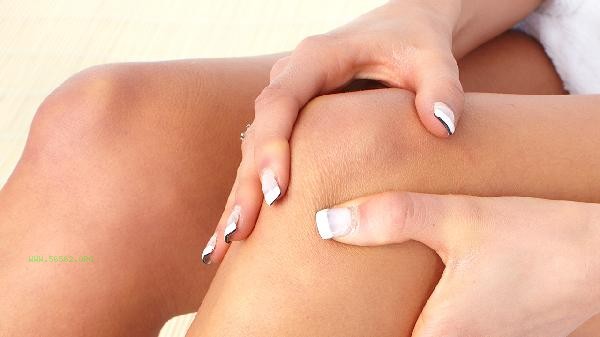
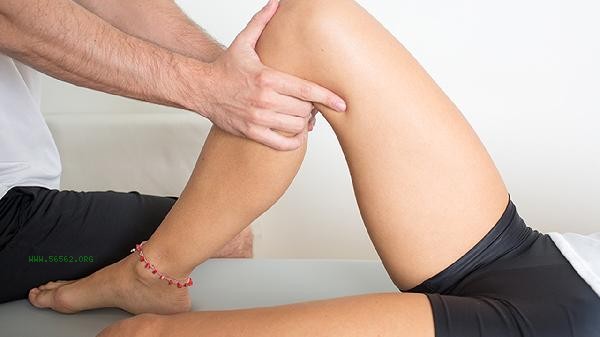
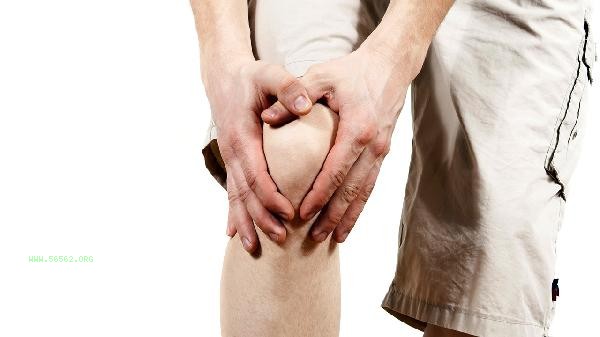
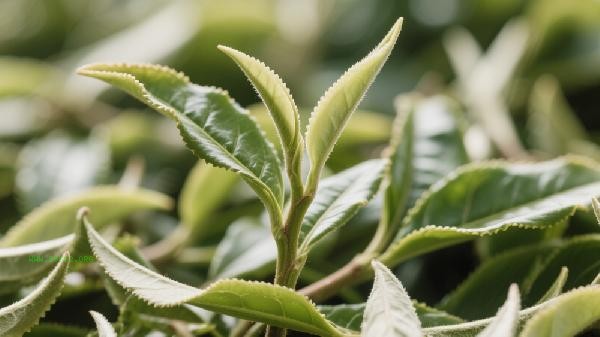
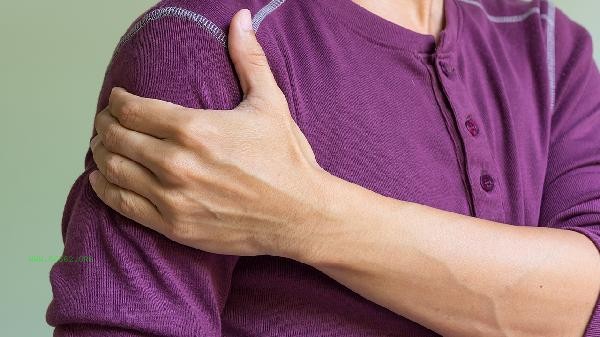


Comments (0)
Leave a Comment
No comments yet
Be the first to share your thoughts!